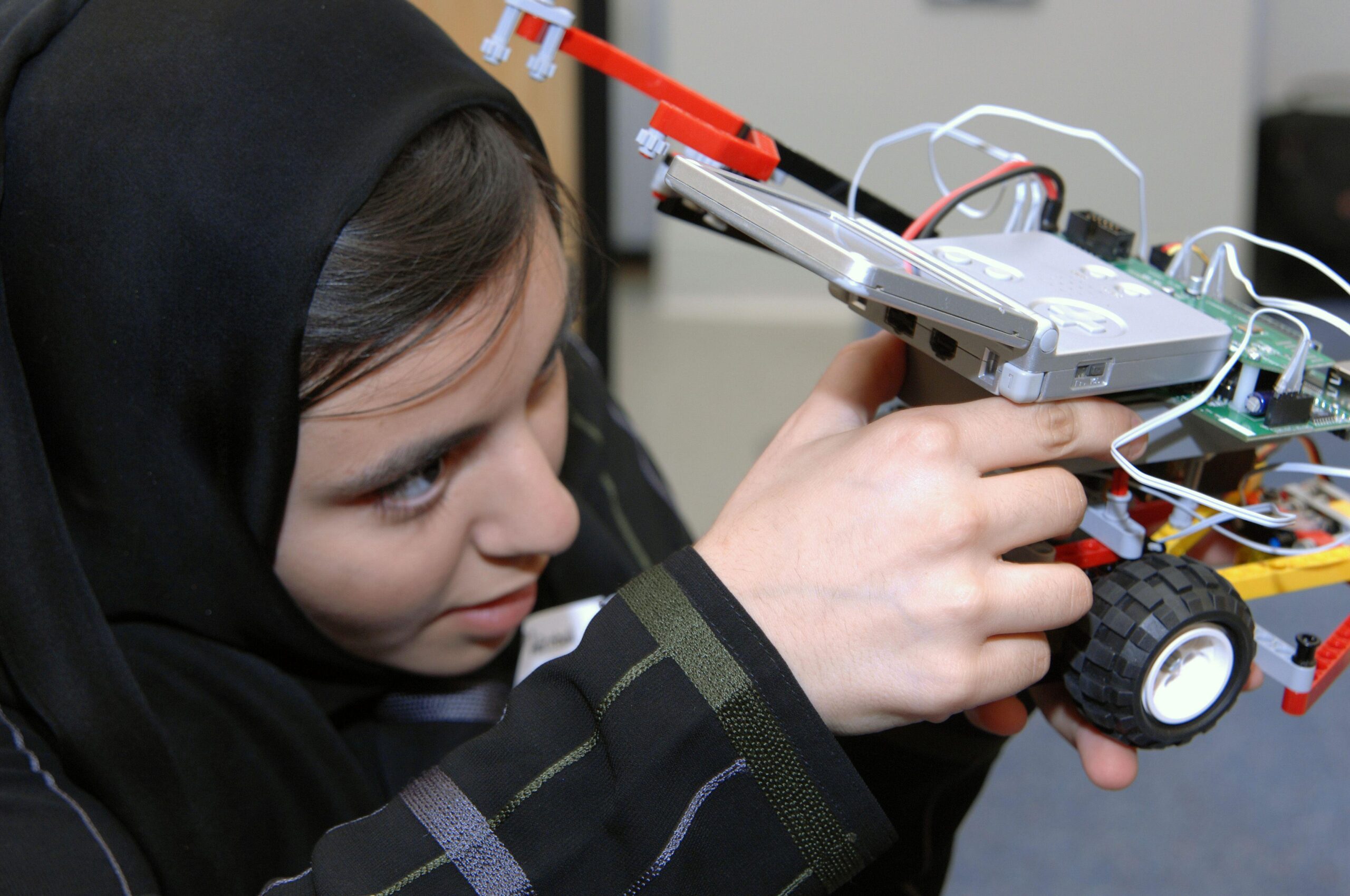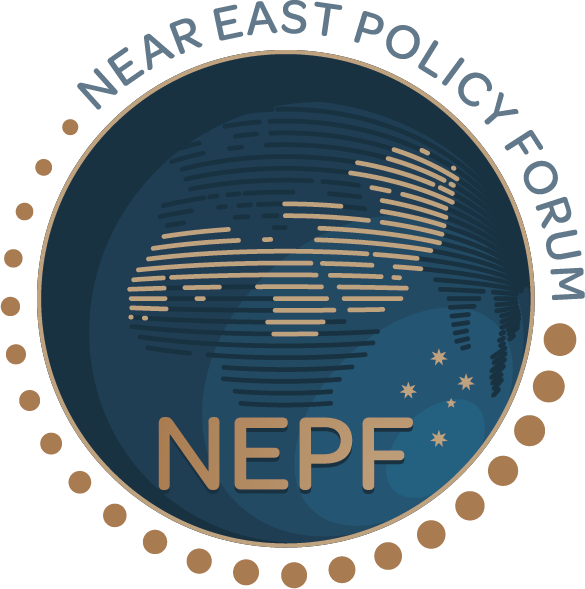Recent Al advancements have dominated news headlines as the world debates how to integrate artificial intelligence into our lives and workplaces. Within the Middle East, these debates are particularly prominent in the Arab Gulf where governments are committing huge investments to AI. According to Qatar’s National Strategy for Artificial Intelligence, an AI-augmented workplace – whereby humans and computers work alongside each other – is a key pillar of the nation’s transition to a knowledge-based economy.
While not all jobs are suitable to be either partially or completely undertaken by a computer, an immense suite of roles can be. According to a recent Qatar Government white paper, nearly half (~46.5%) of the tasks comprising all of Qatar’s jobs can be automated with AI-based augmentation using existing technologies. For a country, and more broadly a region, where demographics are bound up with the politics of the labour market, the future use of AI in the workplace is immensely significant. It raises key questions about how AI will be deployed, in which workplaces and crucially who will be impacted.
Across the region, well before the possibility of the large-scale adoption of AI within the workforce, Gulf states have been grappling with policies to increase workforce participation among their citizens. Policies encouraging nationals into private employment were first touted in the 1980s but the impetus behind them has grown significantly since the 2000s as populations grow, hydrocarbon reserves decline and the world shifts to renewable energy.
The need to diversify economically away from hydrocarbon rents has merged with demographic challenges. Migrant works significantly outnumber Gulf nationals in most Gulf states. This demographic imbalance is particularly pronounced in Qatar where citizens constitute a mere estimated 12 percent of the total population of 2.9 million. The presence of so many foreigners contributes to stratified societal dynamics that emphasise the value and status of Gulf citizenship. Bound within this stratified social system, which institutionally denies migrants pathways to permanent settlement and citizenship, is the push to nationalise the region’s workforce.
Concerted efforts by Gulf states to increase its citizenry workforce participation, particularly in the private sector, reflects a recalibration of the rentier contract; whereby an oil-income enriched omnipresent state draws on its economic resources to secure political acquiescence through networks of formal and informal patronage. Although contested by some academics, this rentier contact has long been argued as defining the region’s ‘exceptional’ nature – both politically and economically. It’s recalibration in the face of a global transition away from fossil fuels is therefore significant. As future government incomes from oil and gas are predicted to dimmish, there is a reduced capacity for some Gulf states to provide their citizens with extensive subsidies and stipends, as well secure employment in the public sector – historically considered a hallmark feature of the rentier contract.
It is into this complex period of transition that the utilisation of AI has emerged thanks to rapid advancements in machine learning, data driven neural networks and robotics. It’s deployment within the workforce therefore has the potential to cause mass workplace disruption and has even been described as the advent of the Fourth Industrial Revolution. A report by Hamad bin Khalifa University into the Impact of Artificial Intelligence in Qatarʼs Labour Market indicates that adoption of AI would translate into a reduction of 670,064 expat jobs and 49,764 Qatari jobs (both in terms of full-time equivalent roles). As the report openly states, the full automation of so many jobs is neither likely, nor desirable. Government investments in AI indicate that the deployment of AI will be highly selective and that variation in labour market strategies between different Gulf states will shape how each country adopts AI.
Smaller population states, such as Qatar, have a greater incentive to adopt large-scale AI where it can reduce the reliance on migrant labour through job replacement. Only this week Qatar announced the plan to use 70 robots to sort mail at the Qatar Postal Services Company. In contrast, in states with larger citizen populations, such as Saudi Arabia, there is a reduced imperative to emphasise job replacement through AI within labour market strategies. Rather, the emphasis logically centers on augmented intelligence whereby machines operate alongside humans and aid decision making.
This shift in workplace dynamics has the potential to significantly improve workforce productivity in a region which has experienced an accelerated decline in productivity since the 2000s. One report by PWC estimates the shift towards AI and advanced technologies is expected to contribute over US$135.2 billion by 2030 to the Saudi economy. That is equivalent to a staggering 12.4% of Saudi Arabia’s GDP.
So while there is immense potential for AI to transform the labour landscape in the Gulf, what remains uncertain is the level and pace of technological adoption. These two factors will likely vary greatly between Gulf states and be influenced by government policies regarding workforce nationalisation and also demographics. In the face of an increased accessibility to AI, thanks to rapid technological advancements, more localised factors will also play a role including the business environment dynamics of each Gulf city.
If trends continue, economies dominated by larger companies will be better placed to adopt AI at a faster pace than those where small-to-medium size business are more common – thanks primarily to the capacity of large companies to implement sweeping reforms. Certain sectors, such as professional services and the energy sector, are also better placed to adopt AI than the capital works and infrastructure sector (although even this sector faces transformation with the advent of robotic bricklaying). As AI technologies continue to advance and become more accessible, it is almost certain that AI will transform the Gulf labour market yet any transformation is unlikely to be uniform across the Gulf and instead influenced by a myriad of local factors.
The views expressed in the Near East Policy Forum are those of the authors and do not represent the views of the Near East Policy Forum or any of its partner organisations.





Leave a Reply